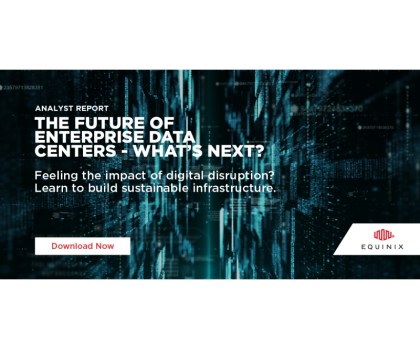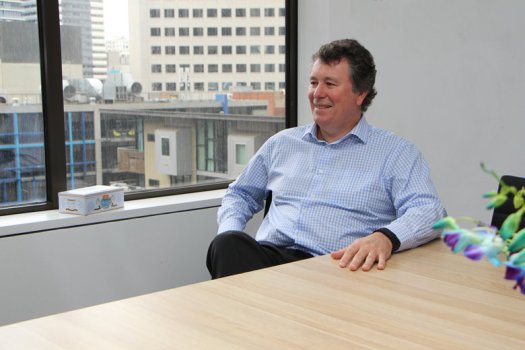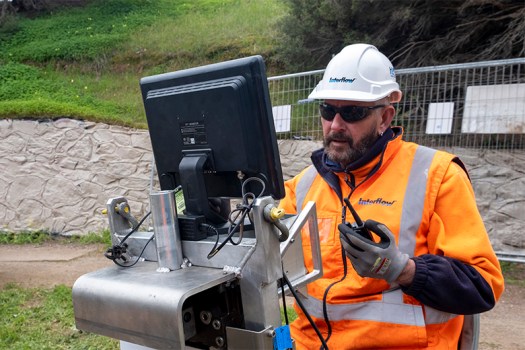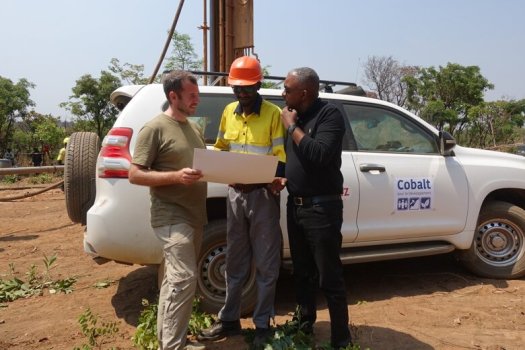
Until COVID-19, Australia enjoyed decades of uninterrupted growth. However, the immediate future is looking to hold a suite of challenges, as we face an unprecedented period of uncertainty. This uncertainty extends to planning for Australia’s future infrastructure needs.
Even before Covid, Australia was faced with a period of rapid and profound change. According to the Australian Government’s infrastructure audit published in 2019, we faced compounding global issues including climate change, the re-ordering of the world economy and increasing political polarisation, mixed with domestic challenges of an ageing population, extreme weather events and rapid technology changes.
As outlined in the report, Australia now finds itself at a unique point in its history, with significant implications for how we plan for our future infrastructure.
Australia needs to take a more robust approach to infrastructure planning
Traditionally, Australia’s infrastructure planning has sought to predict future conditions and then provide the infrastructure to meet the anticipated demand. However, with so many unknown variables now making Australia’s future uncertain, we need to take a more robust approach.
As outlined by the Australian Government, one of our key opportunities to prepare for this uncertain future is to look for opportunities where infrastructure could unlock future growth and development, and improve the quality of life of productivity beyond the status quo.
How can Australia afford to support robust infrastructure planning?
It is no secret that COVID-19 had an adverse impact on Australia’s economy, with the country recording a Government Debt to GDP of 24.8 per cent for the 2019-20 fiscal year – the largest ever recorded government debt to date.
Australian governments have spent at unprecedented levels in response to COVID-19, and now face ongoing demands on health at the same time as governments around the world are looking at how to build back from the disruption.
This pressure on both capital and recurrent budgets is forcing new thinking by policymakers – how to manage recurrent spending while also continuing modernisation programs and inject necessary infrastructure stimulus?
Enter Software as a Service (SaaS).
New research from IBRS and Insight Economics on the economic impact of SaaS has uncovered a billion-dollar opportunity for Australia. The research illustrates that if major industries in Australia transitioned from their on-premise legacy software to SaaS, Australia could save $252 billion over the next 10 years.
Moving to SaaS would generate significant savings for companies and governments alike by reducing the total cost of operations (TCO), the research shows. Furthermore, by reducing the maintenance and administration burden, companies can also expect to see large productivity gains.
According to the research, when measured across all industries, organisations reported that TCO savings accounted for 32% of the total savings reported, while productivity savings represented a much greater share at 54%.
Savings from SaaS can be redirected to fund infrastructure projects
These savings aren’t limited to one industry, but would be felt Australia-wide. What’s more is that funding that might otherwise have been directed at ICT services can be usefully redirected towards other important investments and services that serve the community and improve Australia’s international competitiveness, including new infrastructure programs.
In other words, accelerating programs to modernise ICT system by transitioning to SaaS could release funds that could make a material difference in areas such as:
- New infrastructure programs
- Local road rehabilitation
- Investment in community services that can improve the safety, health and wellbeing of Australian families
- More nurses
- More aged care places
- More teachers in classrooms
- Reduced waiting times for health and hospital services
- Improved access, quality and safety in residential aged care
- Cutting edge, competition enhancing research
- More professors in higher education settings.
For more information on the economic benefits of SaaS, download the research from IBRS and Insight Economics, commissioned by TechnologyOne.
Comment below to have your say on this story.
If you have a news story or tip-off, get in touch at editorial@governmentnews.com.au.
Sign up to the Government News newsletter
Most read
Scathing report finds little has changed at PwC
Qld council welcomes progress on massive battery system
Inquiry to consider how federal govt can address councils’ sustainability issues
‘Local’ procurement turns out not to be so local, committee hears
Another report finds local government falling down on cyber security






Garth Daddy on: War memorial contracts fudged, audit finds
Roger Buhlert on: New VLGA appointment vows to lift governance standards
Roger Buhlert on: APS hybrid work is here to stay, report finds